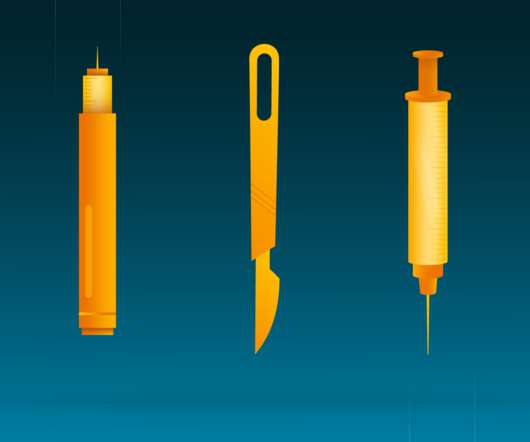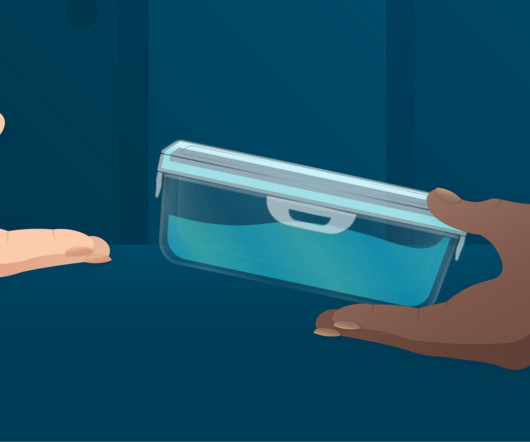Safe Sharps Handling When Dispensing Investigational Products
Advarra
AUGUST 31, 2022
Injuries from sharps in a research or clinical setting are a serious problem for employees, as the CDC estimates almost 400,000 needlesticks and other sharps-related injuries occur to healthcare personnel each year. All potentially infectious sharps must be disposed of in a biohazard sharps container immediately after use without recapping.












Let's personalize your content